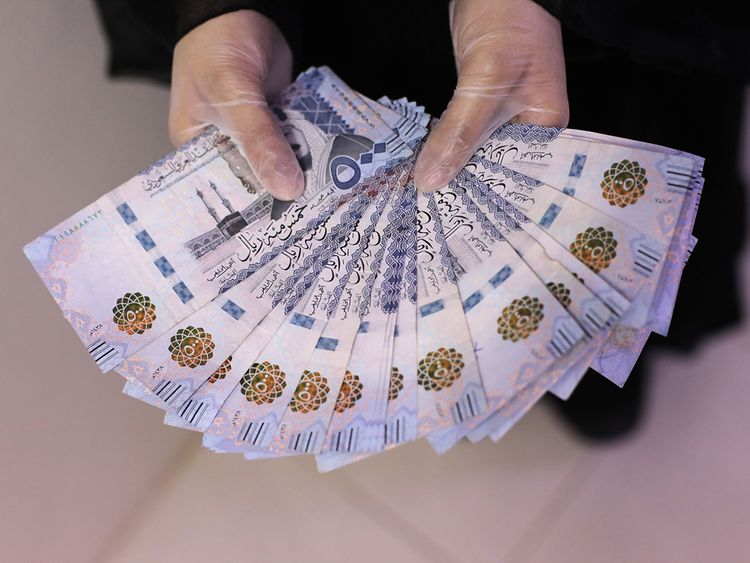Introduction: In June 2024, expatriates living in Saudi Arabia sent a staggering 12.1 billion riyals back to their home countries, marking an impressive 11% increase compared to the 10.84 billion riyals remitted in June 2023. This considerable rise underscores the pivotal financial role that expatriates continue to play in bolstering the economies of their home nations.
A Closer Look at the Numbers: Despite the annual growth, the latest figures from the Saudi Central Bank (SAMA) reveal a slight month-to-month decrease in remittances. June 2024 saw a 4% drop from May 2024, where remittances had reached 12.60 billion riyals, indicating a reduction of about 531 million riyals.
Saudi Nationals’ Remittances Show a Modest Decline: In contrast to the expatriate remittance surge, the money transferred abroad by Saudi nationals saw a slight dip. In June 2024, Saudi nationals sent 5.12 billion riyals abroad, which is a 1% decrease from the 5.15 billion riyals transferred in June 2023.
Understanding the Dynamics: These figures highlight the dynamic nature of financial flows within the region, shaped by various economic factors such as exchange rates, labor market conditions, and domestic spending trends. The rise in expatriate remittances, in particular, suggests strong employment and income levels among foreign workers in Saudi Arabia.
The Broader Economic Impact: Remittances are a lifeline for many families in the expatriates’ home countries, playing a critical role in supporting households and stimulating local economies. As such, these trends are closely monitored by both local and international financial institutions to assess the economic health and stability of both sending and receiving countries.
Conclusion: The significant rise in expatriate remittances in June 2024 highlights the ongoing financial contributions of foreign workers in Saudi Arabia, despite slight month-to-month fluctuations. These remittances are not just financial transactions; they are vital economic forces that support families, fuel economies, and reflect the broader economic conditions in the region.

